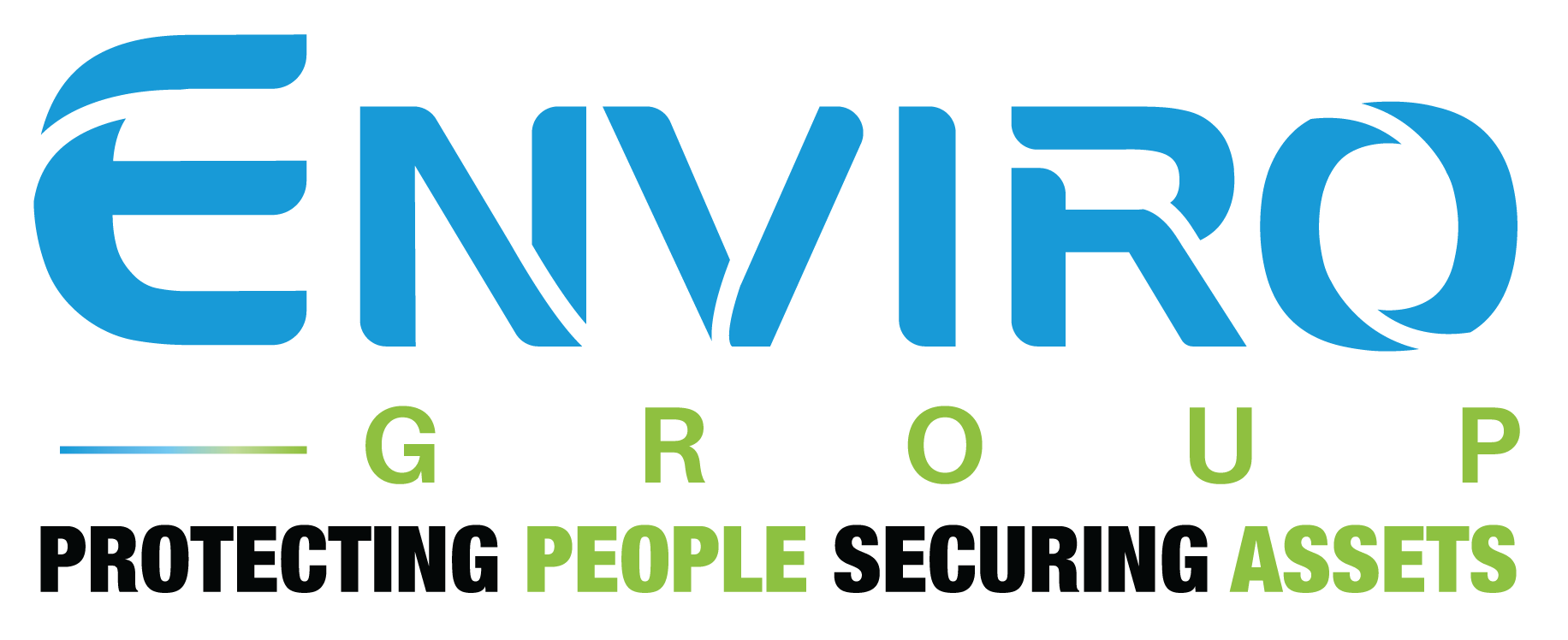A year into the pandemic of the COVID-19 coronavirus disease, the global effort to develop and distribute an effective vaccine produced several promising options. The accelerated development of multiple vaccines is unprecedented; the process typically takes eight to fifteen years.
Now, the immunization of a critical mass of the world’s population—which is crucial for getting the pandemic under control—is up against a new set of challenges, including dangerous new strains of the virus, global competition over a limited supply of doses, and public hesitation about the vaccines.
View this post on Instagram
How does a vaccine work?
Traditionally, vaccines are dead or weakened virus molecules—known as antigens—that trigger defensive white blood cells in the immune system to create antibodies that bind to the virus and neutralize it.
There are four main types of conventional vaccines:
- Live vaccines use a weakened form of the virus to prompt the creation of antibodies;
- Inactivated vaccines use a dead version of the virus;
- Toxoid vaccines use toxins made by the virus to produce immunity to the part of the virus that causes disease; and
- Subunit, recombinant, polysaccharide, and conjugate vaccines use proteins or other pieces of the virus.
There are also several types of vaccines that use the virus’s genetic material—DNA or RNA—to prompt the body to create antibodies. More than a dozen of the COVID-19 vaccine candidates that have gone to clinical trials are genetic-based, including those by U.S. pharmaceutical giant Pfizer and partnering German firm BioNTech and by U.S.-based Moderna. No vaccine of this kind had ever been approved for commercial use in humans before the COVID-19 pandemic. Additionally, some COVID-19 vaccines rely on viral vectors, or modified versions of a different virus, to prompt an immune response. Several approved COVID-19 vaccines use viral vectors.
When most of a population has been vaccinated and is immune to a particular disease, even those who are not immune are considered protected because the likelihood of an outbreak is small. This is known as herd immunity. Chicken pox, measles, mumps, and polio are all examples of diseases for which the United States has achieved herd immunity due to vaccines. Scientists are divided about how much of a population must have COVID-19 antibodies to prevent new outbreaks, with estimates ranging from less than half to over 80 percent.
Who is involved in vaccine development?
Vaccines are frequently collaborative efforts across sectors of society, with private pharmaceutical firms teaming up with public health agencies or university labs. Here are snapshots of some of the major players in the COVID-19 vaccine field.
Governments. Public health agencies have played critical roles in supplying funds to develop COVID-19 vaccines.
International institutions. The World Health Organization (WHO) and other multilateral institutions such as the World Bank are focused on financing and manufacturing COVID-19 vaccines for global use, in particular to ensure fair allocation among all countries.
Private sector. The pharmaceutical industry has been driving much of the push. Companies ranging from biotech start-ups to giants such as U.S.-based Johnson & Johnson shifted their research and development efforts to focus on COVID-19.
Research institutions and non-profits. Many of the COVID-19 vaccine candidates have involved a university or college assisting in preclinical research or clinical trials.
How are COVID-19 treatments helping?
Dozens of treatments—which would not prevent someone from being infected with COVID-19 but could help reduce the severity and duration of illness—have been developed or repurposed. Among them is the antiviral drug Remdesivir, which was developed by U.S.-based Gilead Sciences and approved by the FDA. An NIH-sponsored trial of Remdesivir that involved dozens of sites in the United States, Europe, and Asia showed faster rates of recovery from the virus. Some health experts are also optimistic about the use of dexamethasone, a common steroid, which was found to reduce the risk of death in severely ill COVID-19 patients in the UK. The FDA has authorized emergency use of convalescent plasma, or blood plasma of previously infected people who have created COVID-19 antibodies. Though plasma donations have already been used in tens of thousands of patients, research is ongoing to determine the treatment’s effectiveness.
View this post on Instagram
Can vaccines end the pandemic?
Even with about a dozen vaccines approved for emergency use, there remains the tremendous challenge of making enough of them for the world’s population.
Meanwhile, several new strains of the coronavirus are raising concerns among scientists and health officials about increased transmission, waning immunity in people already infected with COVID-19, and reduced effectiveness of vaccines that have already been developed. Pfizer, BioNTech, and Moderna are already developing booster shots to increase protection against the new strains. Ahead of U.S. approval for its vaccine, Johnson & Johnson reported that its shot provided higher protection against these strains in clinical studies than initially thought.

